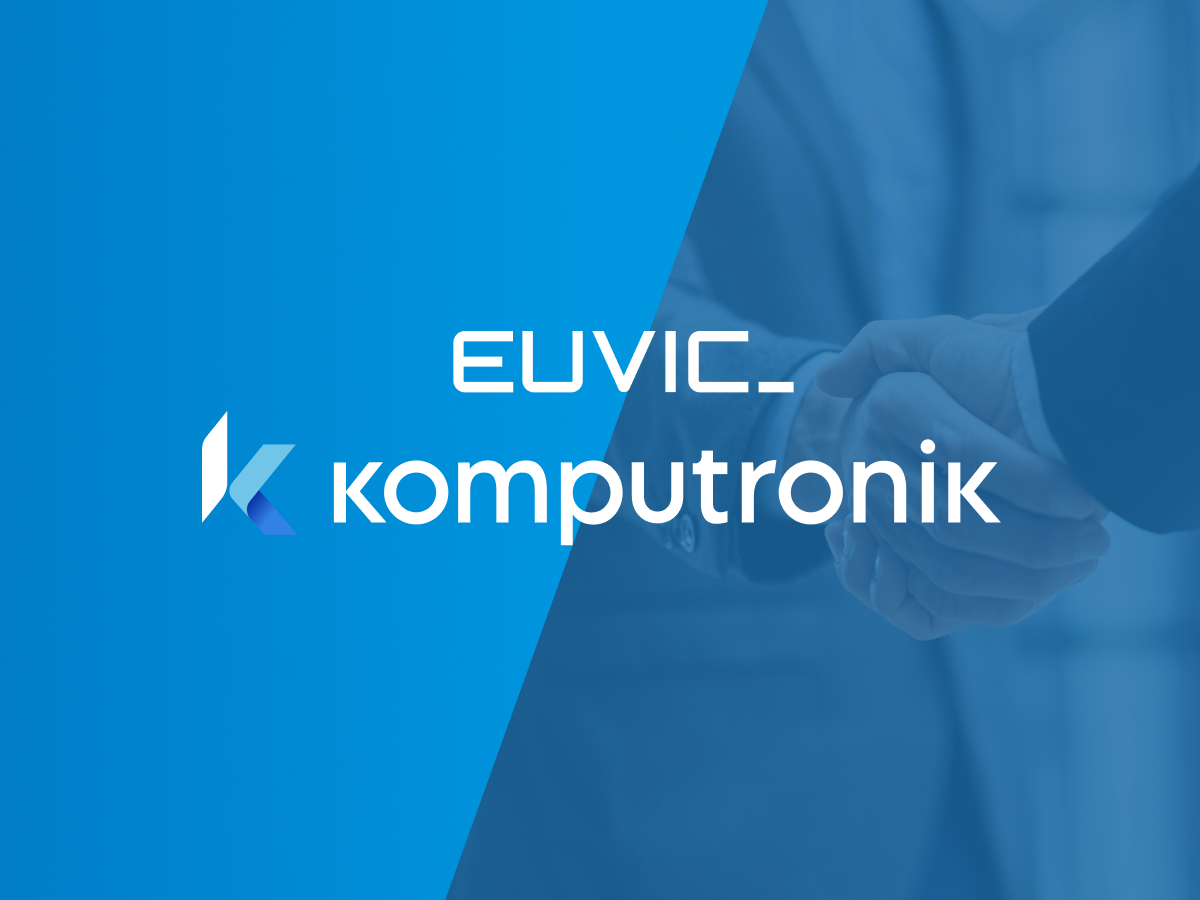Highlights
There is no place for outdated technologies in this area. Professional infrastructure, including advanced hardware and good software, is necessary for its faultless and, above all, efficient operation. The omnichannel approach allowing full use of different contact channels and ensuring the highest standard of customer service is also a way to success. This way, cooperation becomes more efficient and enjoyable, and the brand can be closer to its customers.
Call center as an indispensable element for 21st century companies
Companies choose to implement such solutions for three reasons:
- Sales and sales support.
- Post-sales customer support.
- Internal customer support (e.g., service desk).
What is more, according to Gartner, an independent analytics and research firm, in 2020, more than 50% of contact center implementations were done in the SaaS model. Why is moving traditional, rigid solutions to the cloud so crucial today? Requirements of companies are constantly growing, but it is impossible to predict the scale of operations, needs, and functionality of a CC system a few years ahead. However, cloud solutions are so flexible that they actively support the development of companies, dynamically adapting to their current needs and challenges.
There are still companies that are skeptical about call center implementation, arguing that they cannot afford it, that they are too small, that they don’t have time, or finally that this kind of implementation seems to be troublesome, and they don’t know how to go about it. However, there is a remedy – this area can be completely or at least partially outsourced.
If we decide to completely outsource it, all tasks will be performed by a specialized partner who will provide us with premises, infrastructure, and properly trained staff. If we choose the hybrid model, selected processes will be handled internally, while others will be permanently or temporarily outsourced to an external partner. A contact center is not something you need to be afraid of, on the contrary, you should boldly embrace the possibilities it has to offer, and there are a lot of them.
One tool, many benefits
Why implement a CC? To be able to operate more efficiently, earn more, and reduce the cost of customer service while improving its quality. However, this is only the beginning.
What else can this tool help you with?
- Acquiring new customers – the basic role and benefit of a call center is contacting so-called leads, exploring their potential and interesting them in specific products or services. It is an efficient way to reach a wide group of prospects and attract new customers.
- Active support of the sales representatives’ activities – a contact center can relieve the sales representatives by taking over the responsibility for the initial stage of sales, forwarding the developed sales leads, or even going through the entire process for them, including quoting and contract finalization. Regardless of which option you choose, the cost of employing telephone consultants will certainly be lower than the cost of employing salespeople.
- Fast, multi-channel customer service – nowadays the customer wants to be served quickly, efficiently and through their preferred channel of communication. All this is possible thanks to the omnichannel approach to CC and its 24/7/365 availability.
- Customer service quality verification – the main role of a call center is to improve the quality of customer service, therefore the functions which enable such verification are extremely important. Process handling by ticketing, measuring of duration and number of calls – all this allows verifying whether the amount of work is proportional to the generated effects.
- Planning and execution of sales or marketing campaigns – a contact center can conduct specific, cyclical or ongoing campaigns aimed at customers. However, it requires a team of well-trained consultants equipped with dedicated scripts and conversation scenarios.
- Technical support – a properly structured team of consultants will be able to act not only as of the 1st but also as the 2nd line of support, receiving and immediately solving technical issues. A comprehensive offer of cooperation, in addition to phone support, will also make it possible to guarantee field support.
- Regular updates and full database security – through regular contact with customers, the CC keeps the database up-to-date, thus facilitating future sales and marketing campaigns. What is more, the contact database entrusted to a call center operator belongs to the customer and not to any specific salesman. This way there is no possibility that they would take it away with them when changing jobs.
- Advanced reports and analysis – the distinctive feature of using a contact center is the availability of a great number of reports and analyses. The range of data depends on which processes the CC system supports, but it always allows for at least basic verification of work input and efficiency.
How to measure the performance of a contact center?
Call center performance can and even should be measured. How to do it? Four metrics are sufficient for this purpose.
1. Customer satisfaction, which consists of:
- average time spent in the queue – Average Wait Time (AWT),
- average Speed of Answer (ASA – the time it takes a consultant to answer the call),
- service level (the number of answered calls in a specified time interval),
- dropped calls ratio (the number of people who dropped the call before they managed to talk to a consultant).
- percentage of blocked calls (number of calls with a busy signal, which is most often the result of technical problems),
- customer satisfaction (which can be verified e.g. by conducting a survey).
2. Operational efficiency, as measured by:
- average customer service time (length of a customer’s conversation with the consultant),
- consultant’s occupation time (the time he/she spends on making calls and related activities),
- team flexibility in terms of time (e.g. 24/7), language, expertise and cost,
- average customer acquisition time (AQC), average order value, and number of cases handled on first contact (FTR).
3. Business value, which can be verified through:
- sales conversion rate (the level of the generated revenue concerning the number of successful calls),
- sales per hour of an agent’s work rate (sales effectiveness as a percentage of the total number of calls),
- level of realized SLA.
4. Personnel management, as measured by:
- team member turnover rate,
- absence rate (number of days when a consultant was absent from work),
- the average level of a consultant’s knowledge and its growth over time (verified through knowledge tests and qualitative call monitoring).
Ticket - why it is important
At the heart of every call center is a TICKET. What is a ticket? To put it simply, it is an order for some action to be performed in the IT system.
It usually contains:
- information about who, when and through which channel initiated the order,
- order status and the person assigned to carry it out,
- description of the ordering person’s expectations (it can be an external or internal customer),
- history of actions performed as part of the order,
- additional information (e.g. characteristics, documents, consents).
The use of tickets in CC and Service Desk systems is obvious because without them it would be difficult to effectively manage service processes on a larger scale. However, the role of the ticket in these systems is not obvious.
A major revolution is taking place in this field, resulting from the following market and business expectations:
- customer access to the ticket,
- possibility for people outside the contact center to handle the ticket,
- mobile access, via Internet, without additional authorization,
- integration of the ticketing system with source systems such as e-commerce or ERP,
- multi-platform format of the ticket (e.g. the client initiates contact via an instant messenger, sends information using a form to which they got a link on the messenger, then a consultant calls them, sends the necessary information by e-mail, etc…),
- Documenting the process within the ticket (e.g., customer consents, document scans, call center call recordings),
- ensuring the security of information contained in tickets (including but not limited to personal data, access to information stored in the ticket, cybersecurity).
Not so long ago, systems supporting the work of call centers were designed exclusively for internal use, and tickets did not usually leave the consultant’s computer screen. Today’s needs and possibilities are quickly increasing the popularity of cloud solutions and put emphasis on integration elements, omnichannel and engaging external players in service processes.
Summary
Nowadays, when the only companies that matter on the market are those offering the highest standards of service combined with professionalism and modern communication, the CC is becoming a business necessity. That is why it is important to take care of this area with the help of a reliable, proven business partner.










